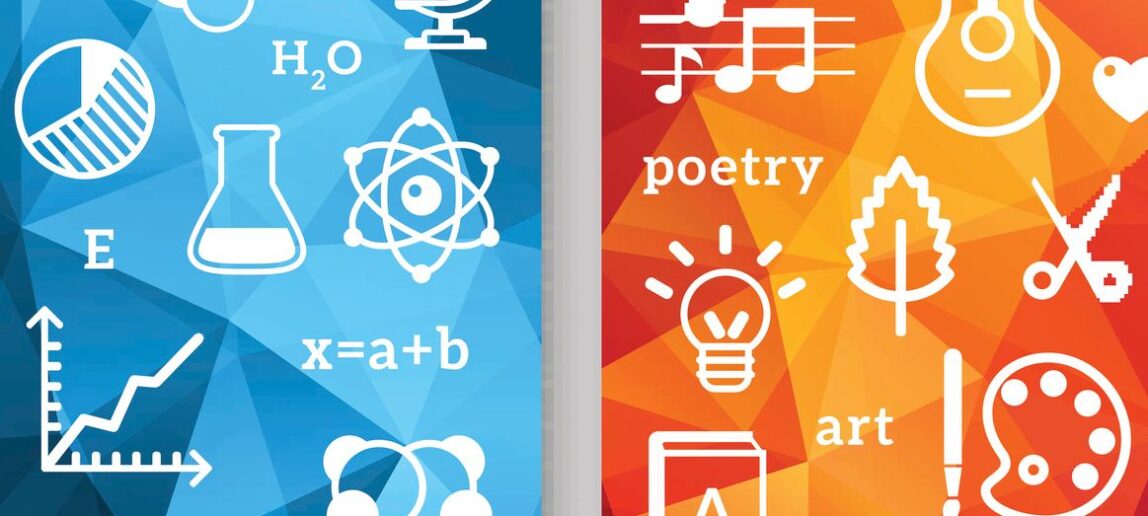Integration of arts and science Viz prof aids in integration of art and science learning
Momentum continues to grow in the movement to integrate the humanities and arts into science, engineering, mathematics and medicine higher education curricula. It’s fueled by movement advocates, whose leaders include Carol LaFayette, the Harold Adams Interdisciplinary Professor of Visualization at Texas A&M.
In the latest educational advance in the merging of these fields, the National Academies of Sciences, Engineering, and Medicine published an online resource for educators looking to develop integrated courses or curricula.
“Outcomes associated with certain integrative approaches in higher education are the educational outcomes that many employers presently seek,” said a report in the online resource. “Surveys consistently show that employers want well-rounded individuals with a holistic education who can take on complex problems and understand the needs, desires, and motivations of others.”
The resource is based on a 2018 report, “Branches from the Same Tree: The Integration of Humanities and Arts with Science, Engineering and Medicine in Higher Education,” whose contributors, which include LaFayette, examine the evidence behind their view that integrated education in these fields leads to improved educational and career outcomes for undergraduate and graduate students.
The report includes a wide range of examples of successful integrations submitted by the Network for Science, Engineering, Arts and Design (SEAD) — a group founded in 2011 with funding from the National Science Foundation by LaFayette and like-minded proponents of integrated education.
Examples include:
- a University of Harvard-based project that demonstrates how music and storytelling can lead to a better understanding of science;
- an Arizona State University-based project that teams top science fiction writers with scientists, engineers and other experts to collaborate on futuristic visions;
- a University of Central Florida-based project that uses 3D printing to create personalized, affordable bionics and prosthetics, and more.
When LaFayette founded SEAD with an NSF grant, her idea was to form a pilot national network to bridge the gap between scientists, artists and engineers.
Through a series of workshops and conferences throughout the years, SEAD, which includes research scientists and educators in a wide array of disciplines, has championed multidisciplinary partnerships that value sustainability, community development and social entrepreneurship in order to spur economic growth, as well as strategic partnerships among individuals and organizations including government, industry, civic and academic institutions fostering initiatives that bring together diverse disciplines and domains.
LaFayette also heads the college’s Institute for Applied Creativity, an interdisciplinary group of scholars who champion collaboration among domains and disciplines to create a radiant future.
For more information, contact rnira@arch.tamu.edu or doswald@tamu.edu.


